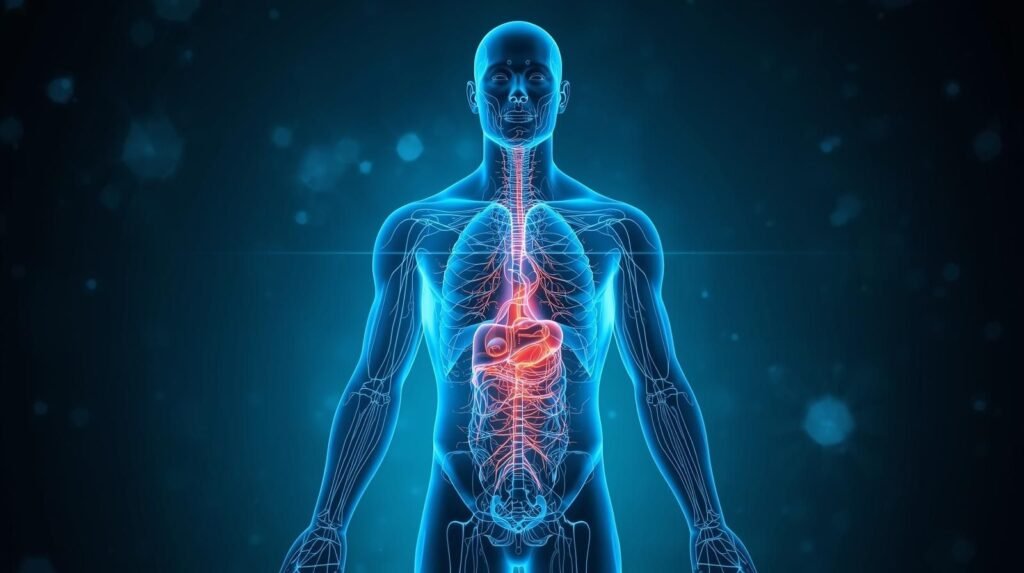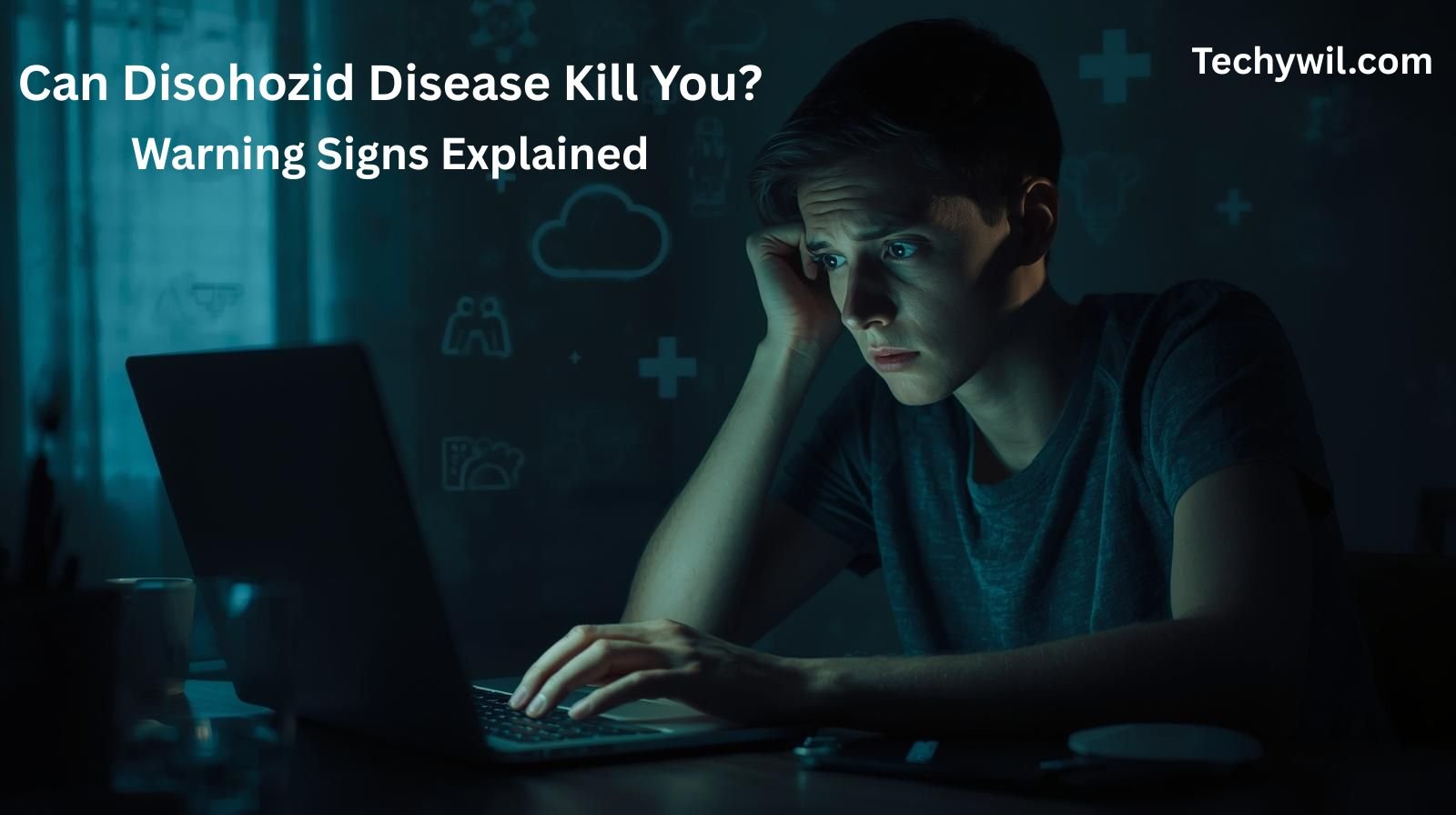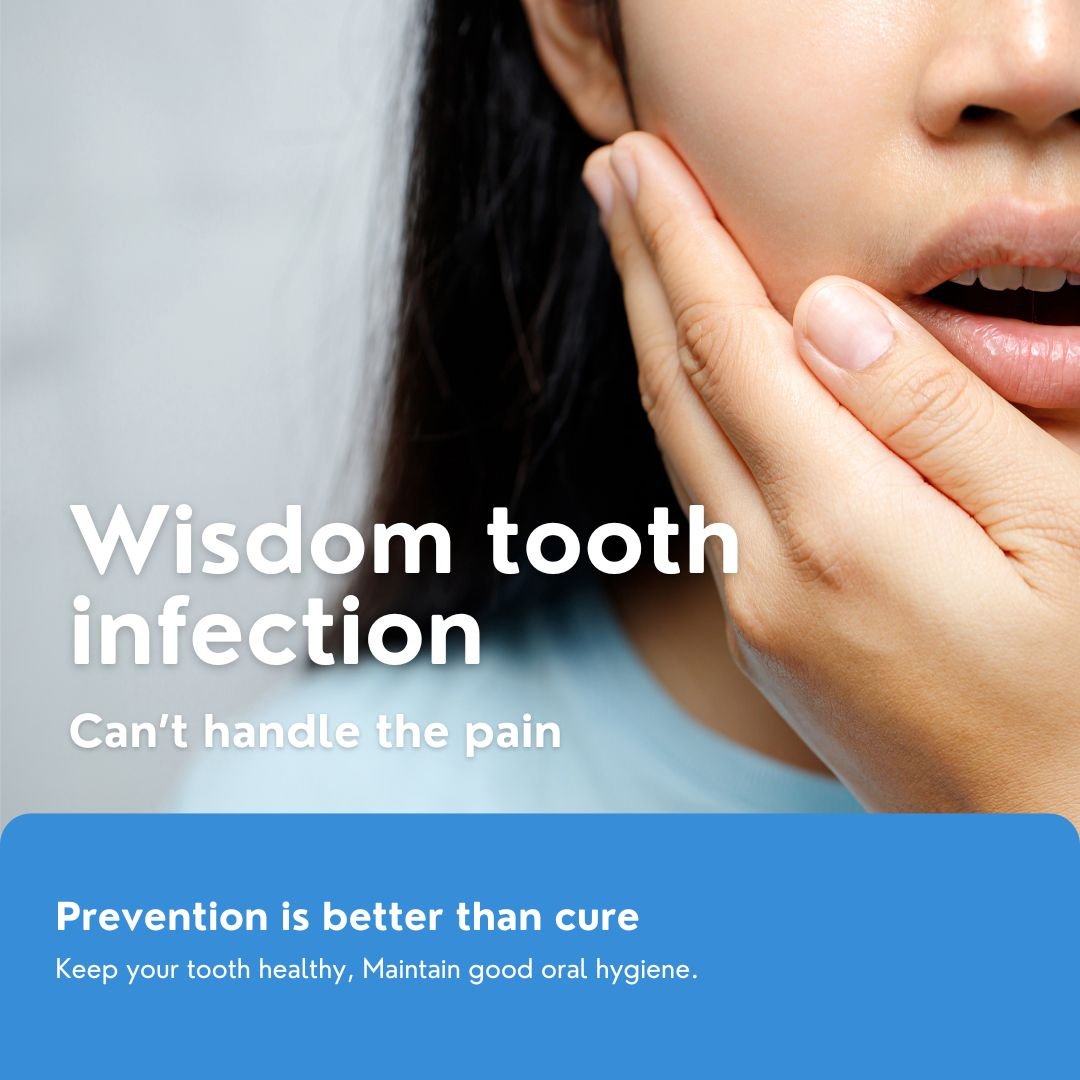Introduction
Let me start with a confession: when I first heard of Disohozid disease, I had no idea what to make of it. It popped up online, whispered through threads, mentioned in casual discussions with an air of mystery. People claimed it was rare, dangerous, even deadly. And that one question — can Disohozid disease kill you? — felt like a haunting echo. No one could answer it clearly, and that uncertainty made it even more unsettling.
So I did what most of us would do. I went down the rabbit hole. I read, I compared, I asked questions. What I found wasn’t so much hard evidence as it was a mix of curiosity and confusion. But that doesn’t mean the conversation isn’t worth having. Sometimes, even when answers are murky, asking the right questions can protect us — or at least guide us toward clarity. Let’s unpack this together, calmly and honestly.
What Is Disohozid Disease?
Before we talk about how deadly it might be, let’s start with the basics — or at least, what we think we know.
The Mystery Around the Name
Here’s the tricky part: Disohozid disease doesn’t appear in any official medical textbooks, WHO databases, or research papers. No recognized definition, no peer-reviewed studies, nothing you’d expect from a disease that’s supposedly life-threatening. That raises some big questions.
Some believe it’s a misdiagnosis or a misunderstood condition that overlaps with others — maybe something neurological, autoimmune, or metabolic. Others think it’s a completely made-up term, born from online confusion or exaggerated accounts. Either way, it’s caught people’s attention, and where there’s attention, there’s fear.
Why People Talk About It
We’ve seen this happen before. Someone somewhere experiences strange symptoms that doctors can’t explain. They share their story online, and suddenly a name starts spreading — a label for the unexplainable. Over time, it gains a life of its own, sometimes even when the science behind it is still missing.
That doesn’t mean those symptoms aren’t real. It just means the label might not be.
The Big Question: Can Disohozid Disease Kill You?
Alright, let’s get to the heart of it. The question that’s been lingering in everyone’s mind: Can it actually kill you?
The Honest Answer
Here’s the truth — no one knows. There’s no verified medical data saying that Disohozid disease causes death. No case studies, no clinical reports, nothing. But, hypothetically speaking, if a condition affected vital organs or systems, then sure — any serious disease could become fatal.
The question isn’t just about the name “Disohozid.” It’s about the patterns we see in other illnesses that start off mysteriously. Some diseases begin subtly — fatigue, small neurological changes, metabolic irregularities — and only later reveal their severity.
So while we can’t say for certain that this one kills, we also can’t completely dismiss the idea that something with similar symptoms could.
What Makes a Disease Fatal
In medicine, what usually determines fatality are factors like:
- How fast it progresses
- Which organs it affects
- How early it’s detected
- Whether there’s treatment available
If this mysterious disease behaves like others that attack the nervous system, immune system, or organs, then yes — under extreme circumstances, it could become life-threatening. But for now, that’s all theoretical.
Warning Signs People Report
Even if we treat this as an unverified or emerging condition, it helps to know what people say they’ve experienced. These might not confirm any diagnosis, but they can help you recognize when it’s time to get checked out.
Commonly Mentioned Symptoms
- Persistent fatigue or exhaustion that doesn’t improve with rest
- Muscle stiffness, twitching, or weakness
- Trouble focusing or “brain fog”
- Memory slips or confusion
- Digestive issues or sudden nausea
- Unexplained weight loss
- Low-grade fever or inflammation
None of these alone are alarming. But when they cluster together or keep worsening, they deserve attention.
When to Take It Seriously
If you notice any of the following, don’t wait around hoping it passes:
- Chest pain or difficulty breathing
- Sudden weakness or paralysis
- Swelling in the face or legs
- Loss of coordination
- Yellowing of the skin (jaundice) or kidney issues
Even if it’s not this so-called “Disohozid disease,” those are signs of serious trouble and should never be ignored.
Possible Stages of the Condition
Since there’s no official data, let’s use a simple, hypothetical breakdown — just a model for understanding how certain diseases progress.
| Stage | Duration | Common Symptoms | Impact on Daily Life |
|---|---|---|---|
| Early | Weeks to months | Mild fatigue, brain fog, mood dips | Still functional but easily tired |
| Mid | Months to years | Muscle stiffness, memory lapses, joint pain | Struggles with daily tasks |
| Advanced | 2–5 years | Organ strain, inflammation, weakness | Limited mobility, hospital visits |
| Crisis | Variable | Organ failure, respiratory or cardiac issues | Life-threatening if untreated |
Remember, this is not a clinical chart — it’s a way to visualize how chronic conditions sometimes evolve when left unchecked.
How Could a Disease Like This Become Fatal?
If we imagine that Disohozid disease affects multiple systems, it could theoretically cause harm through several biological pathways:
- Organ Failure – If the liver, kidneys, or heart are damaged, survival becomes difficult.
- Neurological Breakdown – If brain function declines rapidly, vital regulation (like breathing) can stop.
- Immune Overreaction – A severe inflammatory or “cytokine storm” response could trigger widespread tissue damage.
- Metabolic Collapse – When the body’s energy balance crashes, organs start to fail.
- Secondary Infections – As the immune system weakens, even minor infections can turn deadly.
It’s important to note: these are general pathways — not confirmed mechanisms. But they give us insight into how complex diseases turn dangerous.

A Realistic Look at Survival
The reality? There’s no evidence that anyone has died from Disohozid disease. But it’s also true that some undiagnosed or misdiagnosed conditions can worsen because people wait too long to seek help.
If this is just a misunderstood cluster of symptoms, most people could recover or manage it with proper care. If it’s something new that science hasn’t yet recognized, then the best defense is early attention and strong documentation of symptoms.
The line between fear and preparedness is thin — it’s okay to be cautious without spiraling into panic.
How to Approach a Mystery Illness
If you or someone you know suspects they have symptoms similar to what’s described under “Disohozid disease,” here’s a grounded, step-by-step approach.
1. Start With What’s Known
Rule out established conditions first. Don’t jump straight to conclusions. Fatigue could be thyroid issues, neurological changes could mean vitamin deficiency — always begin with medical basics.
2. Keep Detailed Notes
Record when symptoms appear, how long they last, and what seems to trigger them. Patterns help doctors see what you can’t.
3. Get Specialist Opinions
Neurologists, immunologists, and metabolic experts can look deeper than general practitioners. If one doctor dismisses you, it’s okay to seek a second opinion.
4. Explore Testing Options
Advanced imaging, blood work, and genetic testing can uncover hidden issues. Don’t hesitate to ask for them if your symptoms persist.
5. Take Care of the Whole You
Sometimes the emotional toll of not being believed is worse than the illness itself. Therapy, support groups, and proper nutrition go a long way.
Treatment and Coping
Since there’s no established medical guide, management would focus on supportive care — easing symptoms and protecting health overall.
- Anti-inflammatory medications for pain and swelling
- Balanced diet rich in vitamins and minerals
- Gentle physical therapy to maintain mobility
- Stress management — yoga, breathing exercises, or meditation
- Adequate sleep and hydration
- Regular medical follow-ups to track progress
The idea is not to chase a cure for something unconfirmed, but to make sure your body and mind are strong enough to handle whatever the real issue may be.
Comparing the Unknown with the Known
Here’s a quick comparison that helps frame things in perspective:
| Feature | Recognized Disease (e.g. Autoimmune, ALS) | Disohozid (Hypothetical) |
|---|---|---|
| Research | Backed by studies and data | None verified |
| Diagnosis | Based on clear criteria | Undefined or inconsistent |
| Treatment | Established medical options | Uncertain, supportive only |
| Prognosis | Statistically measurable | Unknown |
| Risk | Documented and studied | Theoretical |
It’s a reminder that just because something’s trending or talked about doesn’t mean it’s clinically validated.
Common Missteps to Avoid
- Self-diagnosing: Don’t decide you have it based on symptoms alone.
- Ignoring tests: Even if doctors don’t know the name, real conditions can still be found through testing.
- Falling for miracle cures: Unverified supplements and “detox” fads often make things worse.
- Losing hope: A vague illness doesn’t mean a hopeless one. Stay proactive.
Read more: Wisdom tooth infection: causes, symptoms and treatment
What You Should Do Next
If the thought of this condition worries you, here’s what you can focus on right now:
- Get a thorough check-up.
- Keep an open line with medical professionals.
- Track your health patterns.
- Avoid jumping to internet conclusions.
- Stay mentally balanced — worry helps no one.
- Be persistent but patient. Real answers take time.
Conclusion
So, can Disohozid disease kill you? The most truthful answer is: no one really knows. There’s no proof that it exists, let alone that it’s deadly. But what this discussion reveals is something bigger — our collective fear of the unknown, and how easily misinformation can fill the silence left by science.
That said, the lesson here isn’t to laugh off the idea or panic over it. It’s to find balance — question everything, but with calm curiosity. Your health deserves attention, even when the world doesn’t have neat labels for what you’re feeling. Whether Disohozid disease turns out to be a misunderstanding or a real but undiscovered condition, your best defense is the same: stay informed, stay alert, and never ignore your body when it tries to tell you something.
FAQs
Q1. Is Disohozid disease recognized by medical professionals?
No, not officially. It doesn’t appear in modern medical literature or databases.
2. Could it still be real but undiscovered?
Possibly. New diseases are identified occasionally, but it takes solid evidence and consistent patterns.
3. Can someone die from it?
There’s no proof. If deaths have occurred, they haven’t been medically linked or verified.
4. What should I do if I think I have it?
See a doctor. Focus on your symptoms, not the label. The goal is to find what’s actually wrong.
5. Why do people believe in it?
Because real suffering often leads people to search for answers. When medicine doesn’t have one, new names fill the gap.
Thanks for visit Techywil









